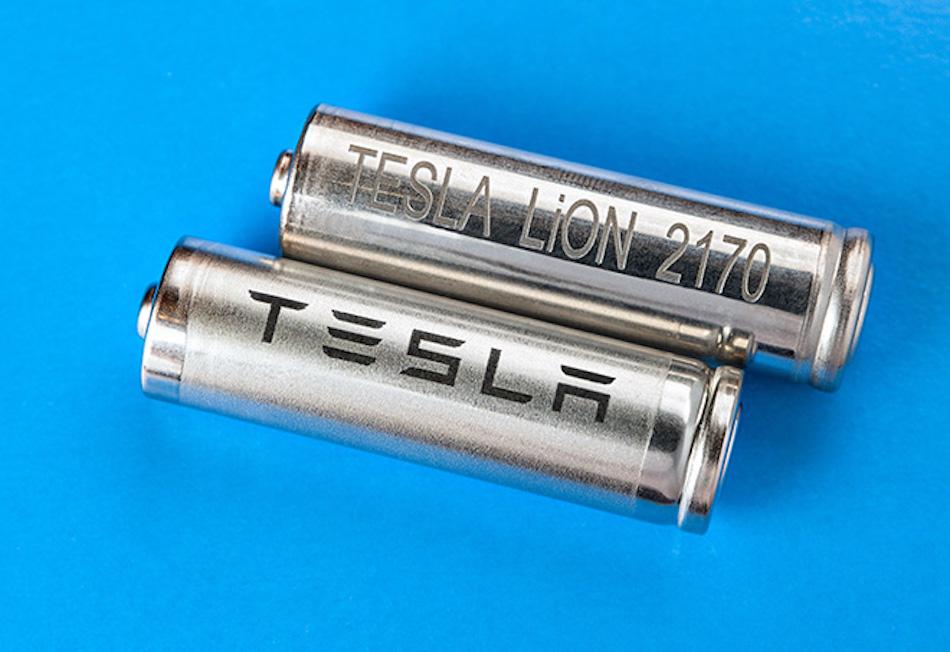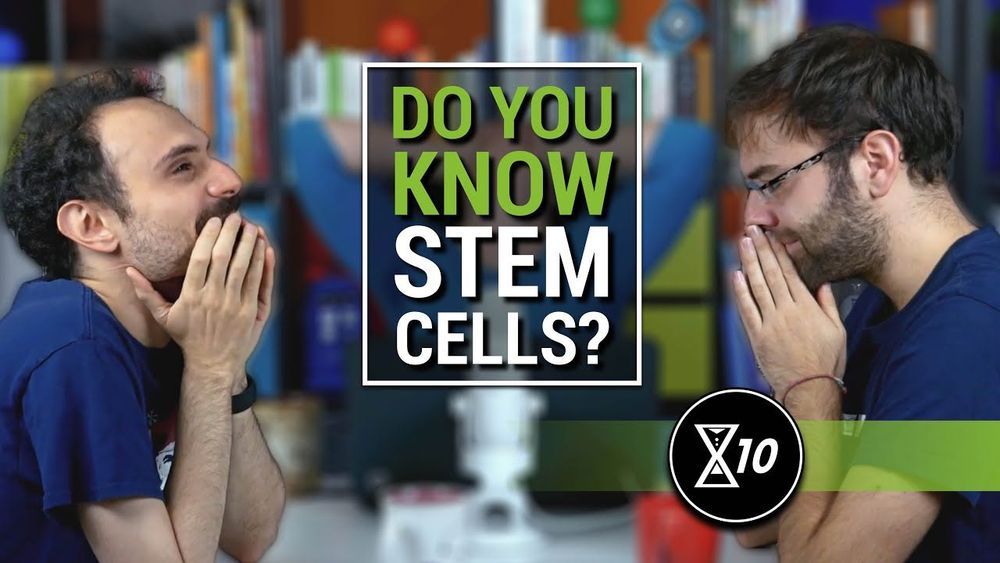How long should an EV battery last? Elon Musk seems to think that a million miles is just about right — last April he announced that Tesla had a “1 million-mile battery pack” in the pipeline. That’s an ambitious goal, to say the least — do we really need a battery that lasts three to four times as long as a typical car? We will.
Source: Charged
As a recent article posted on Forbes points out, while today’s typical Li-ion battery packs are more than adequate for individual EV owners, applications such as taxi services and long-distance trucking will require batteries optimized for longevity (according to writer Ariel Cohen, the average trucker logs some 100,000 to 150,000 miles per year). Thus, long-life batteries are likely to be critical to the success of the Tesla Network (a proposed fleet of robo-taxis) and the Tesla Semi.









